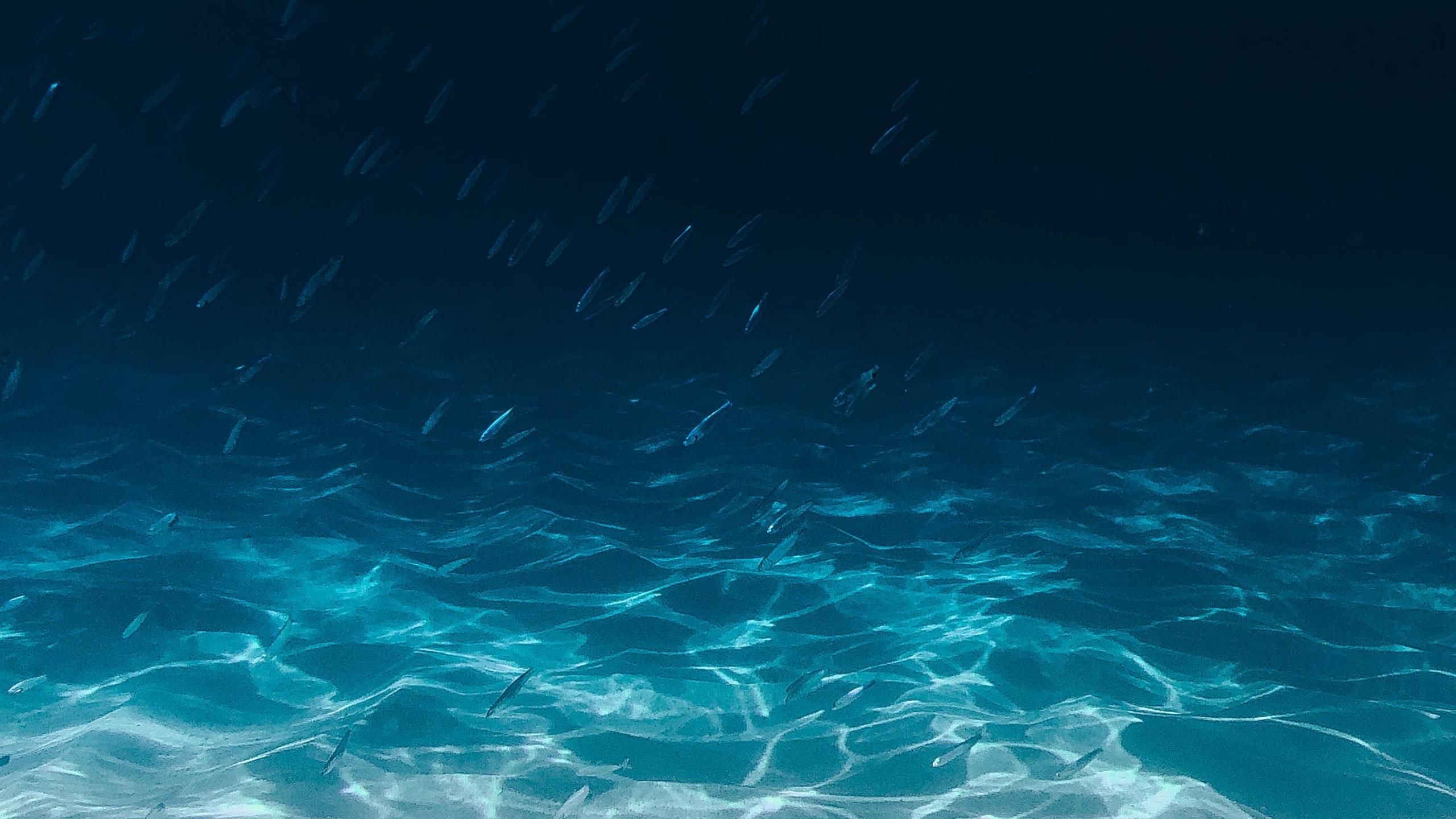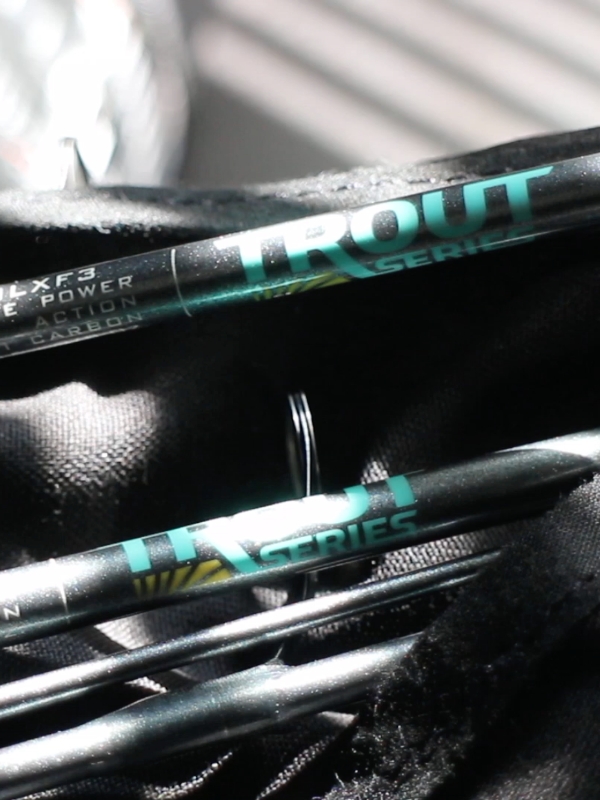Be the angler with the edge. Get weekly California fish plant data right to your inbox
Nestled amidst the rolling hills and oak woodlands near Santa Margarita, California, Santa Margarita Lake isn’t just a fishing spot; it’s a secluded haven for bass enthusiasts, trout seekers, and families yearning for a peaceful escape. This 800-acre lake, a dammed-up valley below the Santa Lucia Mountains, has earned its reputation as a serene angler’s retreat. Join us as we explore the types of fish awaiting your lure, unravel the lake’s intriguing history, and provide invaluable tips, strategies, and gear recommendations for an optimal fishing experience.
Latest Fish Plants
Fish here often?
How To Read Fish Plant Graphs
To interpret fish plant graphs effectively, consider the following key elements:
- Blue Vertical Bars and Numbers:
- Representation: The blue vertical bars on the graph represent individual fish plants.
- Weight Measurement: The associated numbers indicate the total weight of the plants in pounds (lbs.) that occurred during a specific week.
- Significance: Monitoring these bars helps identify weeks with higher planting activity, aiding anglers in selecting optimal times for fishing near recent plantings.
- Orange Trend Line:
- Purpose: The orange trend line represents the moving average of all fish plant activities at the specified location.
- Indicator of Activity: A rising trend line suggests a consistent increase in planting activity over the designated period. This indicates the potential for more catch opportunities and signifies a growing fish population over the weeks.
- Interpreting the Moving Average:
- Upward Trend: A rising moving average implies an upward trajectory in planting activity, indicating an increasing number of fish being introduced into the area. This suggests a positive outlook for anglers, as it implies a larger and potentially more accessible fish population.
- Downward Trend (Not Specified): The description does not provide information on the interpretation of a decreasing trend in the moving average. It might be beneficial to include information on what a decreasing trend could signify in terms of fishing prospects.
- No Data Present:
- Possible Explanations: If no data is visible on the graph, it may indicate that the location had no fish plants in the last three months. Alternatively, the absence of data could be due to non-disclosure of fish plants for that location.
- Natural Population: Some fishing areas in California rely on the natural growth of fish populations, and graphs may not show plants if this is the case.
- Graph Disclaimer:
- Data Source: The graphs reflect a combination of publicly disclosed data and estimates. Some locations may disclose fish plants without specifying exact amounts.
- Not Universal: Not all fishing areas have fish plants, and the natural growth of fish populations plays a significant role in many California fishing locations.
Understanding these elements will empower anglers to make informed decisions about when and where to fish based on historical fish plant data.
Note: If no data is present in the graph above, this location may not have had any plants the last 3 months, or may not have publicly disclosed plants. Graphs reflect both publicly disclosed data and estimates, as some locations disclose plants, but not exact amount.
Map & Fishing Location
(click to zoom in)
Types of Fish You Can Expect to Catch Here:
- Largemouth Bass: The most sought-after species in Santa Margarita Lake! Cast jigs, crankbaits, and spinnerbaits near rocky outcrops, brush piles, and lily pads for a feisty fight. The spring spawning season is prime time, but bass are active year-round.
- Rainbow Trout: Lurking in the depths, these shimmering beauties can be enticed with downriggers and lures during cooler months. Early mornings and evenings offer the best chance for a rewarding catch.
- Catfish (Channel Catfish, White Catfish): Nightcrawlers, stink baits, and cut bait near the dam or under docks can tempt these whiskered friends out for a tug-of-war, especially during the warmer months.
- Crappie: These schooling fish love minnows, jigs, and crappie tubes. Cast near brush piles and deeper structures for a fast-paced, action-packed experience, especially during spring and fall.
- Sunfish (Bluegill, Redear): Kids and beginners will have a blast reeling in these colorful panfish. Look for them near lily pads and shallow areas with small baits or jigs for guaranteed smiles.
History of Santa Margarita Lake:
When anglers seek a slice of fishing heaven, they find it in the waters of Santa Margarita Lake. Prohibiting waterskiing and other sports involving body-water contact, this lake stands as a haven for those who prioritize the tranquility of fishing. With a fair fishery for various species such as largemouth bass, bluegill, catfish, and crappie, Santa Margarita Lake has become a favorite among anglers. The lake’s expansive 800 acres, situated in a dammed-up valley, offer an angling experience like no other.
Top 5 Tips for First-Time Anglers:
- Fish Early Mornings and Evenings: Golden hours when bass and trout are most active. Enjoy the serene sunrise or twilight casts, witnessing the mist rising off the water.
- Target Fish Magnets: Brush piles, docks, submerged trees, and rocky outcrops are magnets for fish. Cast strategically, be patient, and let your lure work its magic.
- Live Bait Advantage: While artificial lures work well, live minnows or nightcrawlers can entice even the most finicky fish, especially bass and catfish.
- Rent a Boat or Kayak: Explore hidden coves, access deeper water, and cast from new angles for a more adventurous and rewarding fishing experience.
- Respect Wildlife and the Ecosystem: Always adhere to California fishing regulations, obtain the necessary licenses, and respect the fragile ecosystem of the lake. Leave no trace and be a responsible steward of its beauty and wildlife.
Top 5 Strategies and Tactics for Optimal Fishing:
- South Shore Catfish Hotspots: The south shore, especially near the dam and under docks, is known for catfish hotspots. Be mindful of boat traffic and regulations in this productive area.
- East Shore for Carp and Bass: Cast towards reeds, lily pads, and brush piles on the east shore for carp and surprising bass. This area offers a mix of open water and structure.
- South Shore Kayaking: Kayak or boat your way to hidden coves with lily pads and reeds. This area is perfect for crappie, sunfish, and a more secluded feel.
- Fishing Piers for Panfish: Enjoy easy access and stunning views from the two fishing piers. They offer a chance for catfish, crappie, and panfish, especially during the spring and fall seasons.
- Explore Hidden Coves: Venture into these secret spots for a chance at trophy bass, lurking trout, and maybe even a playful otter. Keep an eye out for fallen logs and shallow areas.
Top 5 Recommendations for Fishing Gear:
- Catfish Royalty Gear: Heavy-duty rods and reels are essential for tackling monster catfish. Use strong lines and durable hooks to handle the whiskered battles.
- Rainbow Trout Essentials: Medium-action rods paired with versatile reels are suitable for trout fishing. Experiment with downriggers and various lures for a successful catch.
- Bass Pursuit Equipment: Medium to heavy-action rods with sturdy reels are ideal for bass fishing. Experiment with jigs, crankbaits, and spinnerbaits for a feisty fight.
- Crappie Seasonal Rods: Lighter rods are ideal during the crappie seasons of spring and fall. Use small jigs, minnows, or crappie tubes near brush piles and deeper structures.
- Panfish Adventure Gear: Light to ultralight spinning rods and reels are suitable for panfish. Explore different small baits or jigs for a diverse angling experience.
- Explore Our Gearlist: Visit our Gearlist to discover the exact gear we use to optimize angling experiences at Santa Margarita Lake. Accessing this resource ensures you have the right tools for a successful fishing expedition.
In Closing:
Santa Margarita Lake might not be the most challenging fishing spot, but it’s a place where the simple joy of casting a line meets the serenity of nature and the chance to create lasting memories. So pack your rod, breathe in the fresh air, and get ready to be enchanted by Santa Margarita’s unique blend of bass battles, trout surprises, and endless possibilities.






